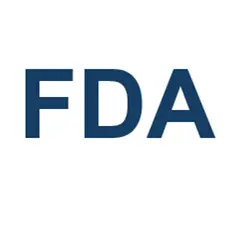Pyridoxine hydrochloride is a form of vitamin B6 that may be added to foods. Vitamin B6 is a micronutrient and supports metabolism and brain health and sometimes involved in protein, carbohydrate and lipid metabolism.
Vitamin B6 (Pyridoxine Hydrochloride)
Found In
- Energy drinks
- Fortified cereals
- Supplements
Also Known As
- Pyridoxal
- Pyridoxamine
- Pyridoxine
- Pyridoxine Hydrochloride
- Pyridoxol
- 3-Hydroxy-4,5-Dihydroxymethy-2-Methylpyridine Hydrochloride
The Beverage Bottom Line
Vitamin B6 (pyridoxine hydrochloride) is authorized for use in the U.S., Europe and Canada.
This ingredient may have authorizations in countries not included on this site.
International Assessments and Authorizations

U.S. Food And Drug Administration (FDA)
Affirmation by FDA this ingredient is generally recognized as safe as a direct human food ingredient. (GRAS FDA-Affirmed)

Codex Alimentarius
Essential nutrients may be appropriately added to foods for various purposes.

Health Canada
Safe for intended uses. Vitamin B6 (pyridoxine hydrochloride) is permitted as a supplemental ingredient.
In 2006, dietary reference intakes for vitamin B6 were reviewed by the National Academies of Sciences, Engineering and Medicine.
This page was last updated on 9/9/2025.

